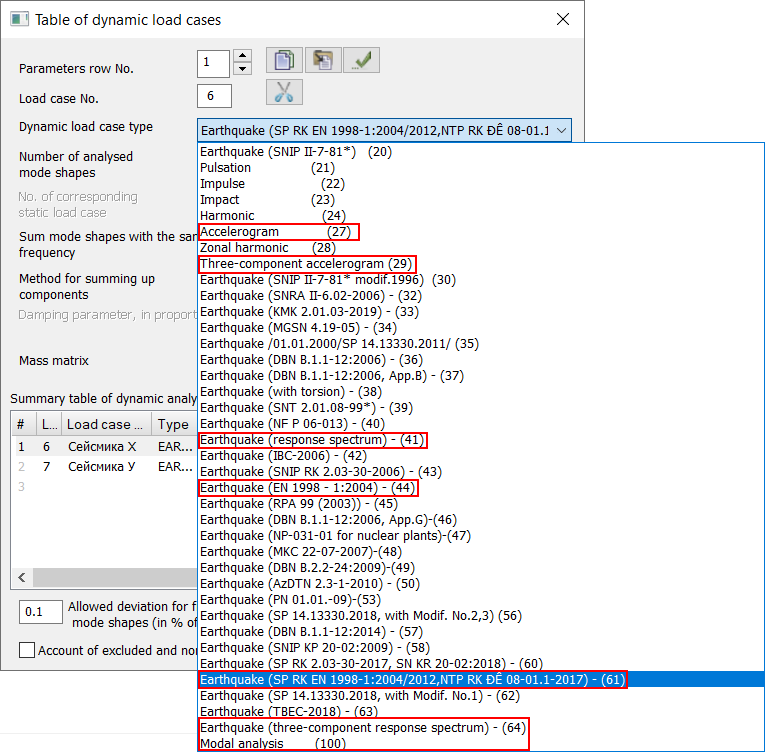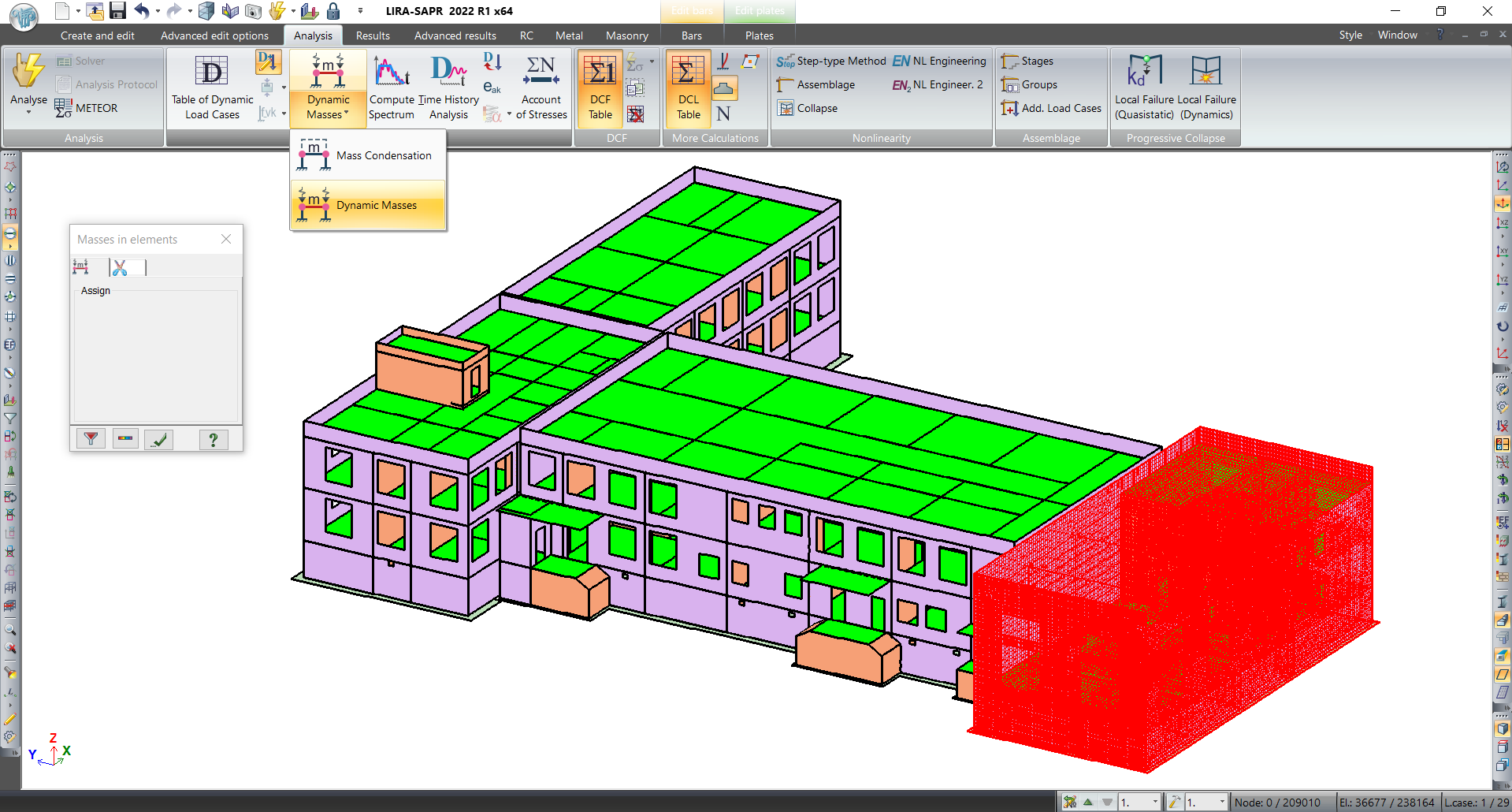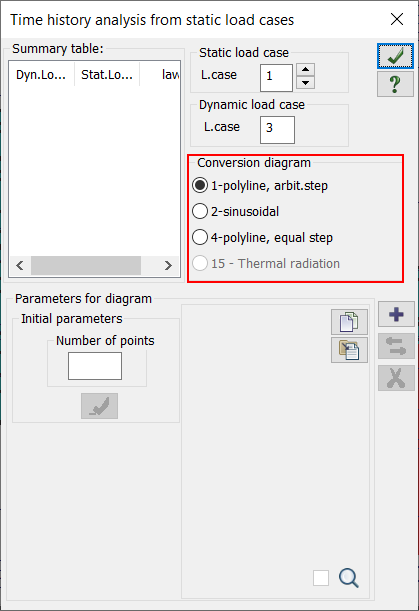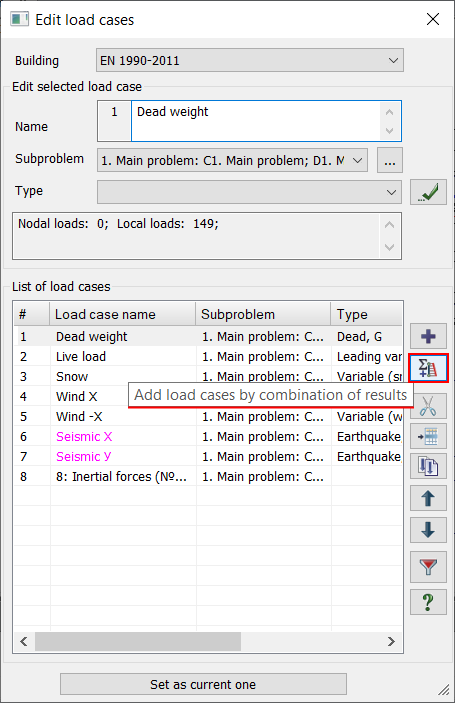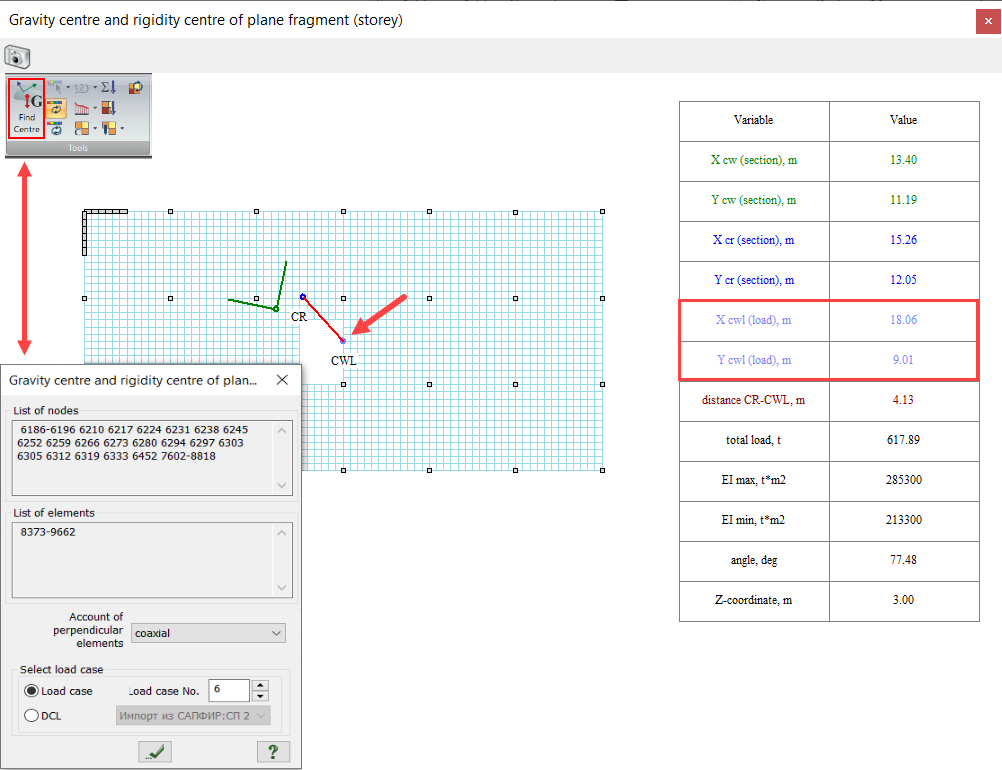Eurocode 8. Design of structures for earthquake resistance
LIRA-FEM* software supports a variety of national building codes, as well as European standards (Eurocodes) and national annexes to Eurocodes for Ukraine, the Republic of Kazakhstan, and the Republic of Belarus.
Eurocode 8. Design of structures for earthquake resistance
In LIRA-FEM (LIRA-SAPR), it is possible to analyse buildings and structures for earthquake loads according to Eurocode, including the national annex for the Republic of Kazakhstan:
- EN 1998-1:2004;
- SP RK EN 1998-1:2004/2012+NTP RK 08-01.1-2017 Eurocode 8. Design of structures for earthquake resistance. Part 1. General rules, seismic actions and rules for buildings.
1. Analysis methods
To analyse buildings and structures in earthquake loads, in LIRA-FEM, there are several methods:
1.1 Spectral method with modal analysis
The most widespread approach to the earthquake analysis of buildings and structures is the analysis with decomposition of motion by mode shapes in the spectral statement. The response spectrum method may be applied in LIRA-FEM software for the earthquake analyses. In this statement, the eigenvalue mode shapes are determined at the first stage of analysis. Then inertial seismic forces (applied as static loads) are determined for each mode shape.
In LIRA-FEM it is possible to define dynamic load according to EN 1998-1:2004 and according to SP RK EN 1998-1:2004/2012+NTP RK 08-01.1-2017 (national annex of the Republic of Kazakhstan) either in automatic mode or manually with different accelerograms.
ReSpectrum
The ReSpectrum module is mentioned to generate response spectrum of a single-mass oscillator from dynamic loads specified with accelerograms, seismograms, velosigrams and three-component accelerograms, as well as for mutual conversion of these loads (accelerogram ' seismogram, accelerogram ' velosigram, seismogram ' accelerogram, seismogram ' velosigram, velosigram ' seismogram, velosigram ' accelerogram).
Mass condensation
For each dynamic load case, it is possible to define a list of FEs in which the masses will be collected at nodes. It will simplify the preparation of design models in cases where, to collect masses, it is necessary to generate duplicate load cases in which, for example, loads for the stylobate part of the building are excluded. Or when separate fragments of buildings on a common foundation are analysed within the same model and it is necessary to separate masses for the correct analysis of inertial loads and for tracing the increase in modal masses for separate fragments.
1.2 Direct integration of the equations of motion
Unlike dynamic analysis implemented in the linear solver on the basis of spectral analysis methods, in the Time History Analysis system it is possible to carry out dynamic analysis for nonlinearly deformed structures - structures with one-way restraints, physically nonlinear systems with the stress-strain diagram σ-ε in the form of Prandtl diagram.
In the Time History Analysis system it is easy to simulate behaviour of a nonlinearly deformed structure from dynamic load in time.
1.3 Nonlinear static method (Pushover Analysis)
Universal Pushover analysis (clause 4.3.3.4 in EN 1998-1:2004) for multi-mass design model is implemented in LIRA-FEM software.
Pushover analysis is a static nonlinear analysis in which a vertically loaded design model of a structure is subjected to a monotonically increasing horizontal earthquake load. During such increase, the horizontal displacement is checked.
The inertial forces calculated in the linear analysis and corresponding to the mode shape of natural vibrations with the largest modal mass are selected as the earthquake load for the nonlinear analysis.
The horizontal load is increased until either the horizontal displacement at the predetermined levels of the structure reaches a certain value or until the structure is completely collapsed.
In LIRA-FEM program, the following criteria for achieving the such horizontal displacement are accepted:
- ultimate skews between the assigned levels of the structure;
- ultimate increase in earthquake load.
The Pushover analysis algorithm implemented in the LIRA-FEM is universal and may be applied to all possible reaction spectra. There may be dependencies between 'dynamic factor I and period of vibration T' in the building codes of Ukraine (DBN), Georgia, Armenia, and Central Asian countries, Russia (SNIP, SP). There may also be dependencies: 'acceleration Sa and displacement Sd' in the building codes of the Republic of Kazakhstan, European countries (Eurocode), as well as the United States (IBC-2006, ASCE 7-05). It is also allowed to specify arbitrary user spectra and reaction spectra from user-defined accelerograms.
2. Peculiar features of earthquake analysis according to EN 1998-1:2004
2.1 Account of multicomponent earthquake load
To consider the multicomponent of the applied earthquake load according to clause 4.3.3.5 EN 1998-1:2004, a special function 'combine results of load cases' is available in LIRA-FEM.
2.2 Account of torsion
Due to uncertainty in the locations of masses and spatial differences in seismic motion, one of the methods to consider the torsion (clause 4.3.3.3.3 in EN 1998-1:2004) is the displacement of the predicted centres of mass on each storey of the building. The masses are moved at a distance eak from their normal location in a direction that is orthogonal to the seismic forces.
The random torsion effects are simulated in the following sequence:
- to collect the weights of the masses, loads distributed across the floor slab are converted to loads concentrated at the nodes of intersection between the vertical load-bearing elements and the floor slabs
- the location of the centre of gravity (masses) of the floor slab is determined;
- load cases with a shifted gravity centre are created; the mass weights for the dynamic analysis are collected from such loads.
More (link in Russian)
Evaluate the software
If you have any doubt, download the Demo version and evaluate the program or contact our Support Team for more details.


